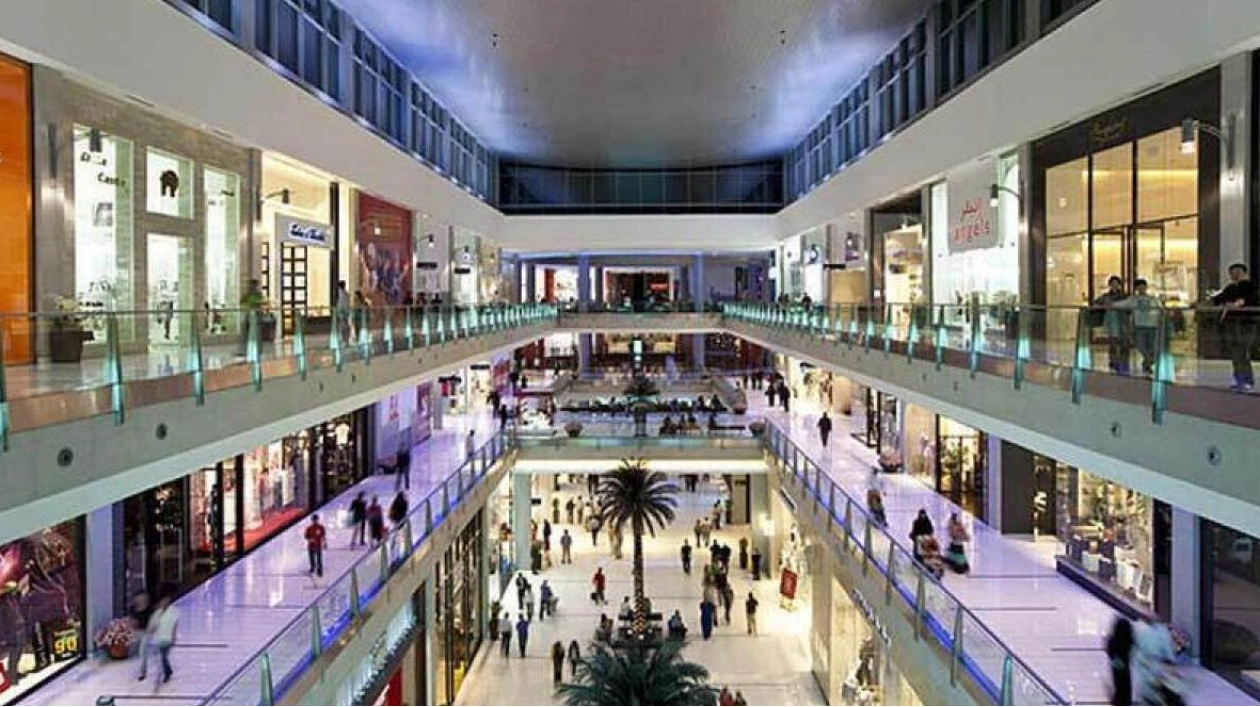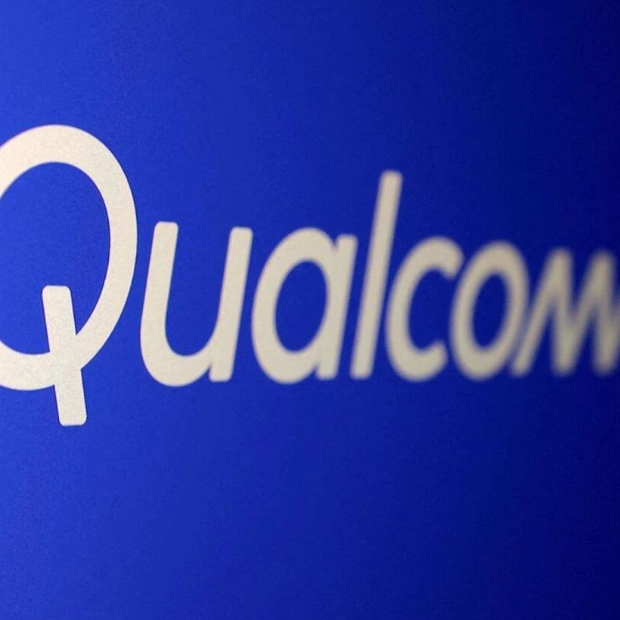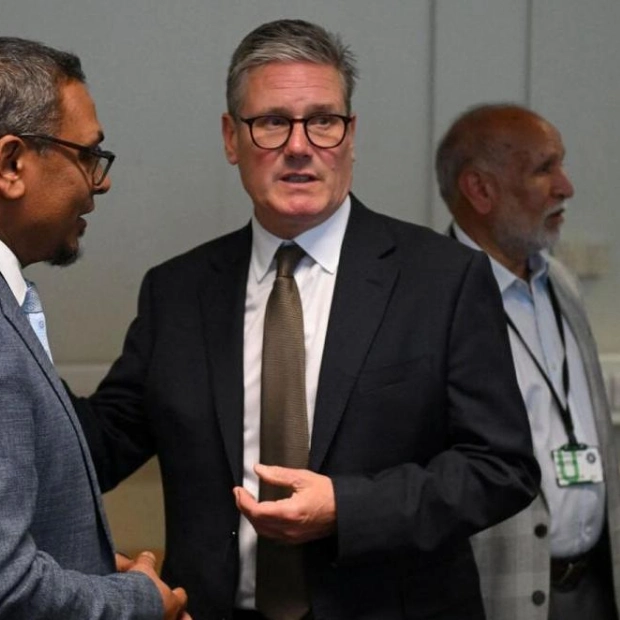Retail spending in the GCC is projected to increase by 37 percent from 2022, hitting $300 billion by 2028, with cities in the region, led by Dubai, emerging as premier global shopping hubs. Dubai is the sole GCC city featured among the top six global retail destinations, which also include London, Milan, New York, Seoul, and Tokyo, each with substantial direct retail spending per capita ranging from $8,000 to $18,000 annually. These cities' retail sectors contribute significantly to their urban GDP, up to 24 percent, and employ as much as 20 percent of their urban workforce. Moreover, they enhance their cities' overall reputations, according to a report by Strategy& Middle East, part of the PwC network, titled “Shopping for growth: how to build an urban retail destination”.
With a per capita retail spend of about $14,000, Dubai trails only New York City in consumer expenditure. Approximately 21 percent of Dubai’s workforce is engaged in the retail sector, the highest among the leading cities, and this sector contributes 24 percent to the city’s urban GDP. “We observe major cities in the GCC region undergoing urban transformation and expansion through mega-projects, aiming to diversify their economies for growth,” noted Ramy Sfeir, partner at Strategy&, and leader of the family business, investments, and real estate practice in the Middle East.
In 2021, retail sales in the UAE were estimated at around $74 billion, with projections pointing to approximately $114 billion by 2026. The Middle East retail market is anticipated to grow at a compound annual growth rate (CAGR) of 4.21 percent from 2024 to 2032, driven by demographic changes such as population growth, aging populations, and cultural shifts affecting consumer preferences and buying patterns.
“As GCC member states embark on urban transformation and mega projects, they should capitalize on the untapped potential for growth in their major cities' retail sectors. The region’s annual retail sales are projected to reach $300 billion by 2028, marking a 37 percent rise from 2022. With strategic initiatives, these retail sectors can transform into global shopping destinations,” the report highlighted. This transformation will enable retail to significantly contribute to urban GDP and employment, enhance residents' quality of life, and boost tourism offerings.
“However, the potential for robust domestic retail growth does not ensure that GCC cities will become global shopping destinations. Conversely, given the ease of international travel, increased domestic demand in the GCC could lead to shoppers seeking unique retail experiences outside the region,” the report cautioned. The UAE supermarket retail sector has undergone substantial growth and transformation in recent years. In 2023, the retail market was valued at $30.17 billion, with a forecasted CAGR of 6.2 percent until 2029, according to retail industry analysts.
In 2024, the retail market continues to flourish, fueled by rapid urbanization, a growing expatriate population, and rising demand for convenience. The market, which includes hypermarkets, supermarkets, and online grocery platforms, has become integral to the UAE’s retail landscape. With ongoing investments in retail infrastructure and the integration of digital technologies, the outlook for supermarkets in Dubai and across the UAE is optimistic. Hypermarkets and supermarkets hold the largest market share, accounting for about 85 percent of total consumer spending. While e-commerce represents only about 15 percent of the market, it is a key driver of recent growth.






